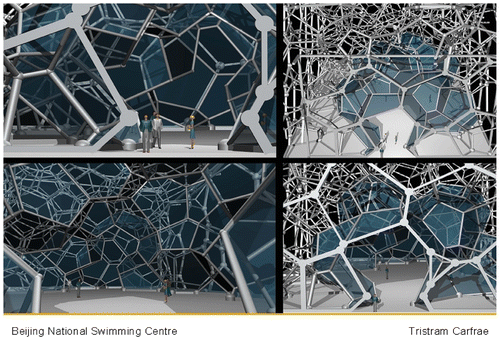Figures & data
Figure 1. The honeycomb structure, the simplest (and lowest energy) 2D foam of bubbles of equal area.
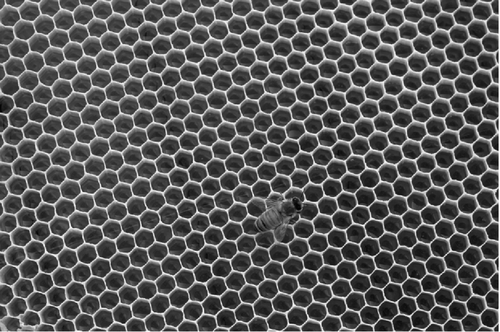
Figure 2. The rhombic dodecahedron can fill space, with its centre placed on the points of an fcc lattice. Corners where four edges meet correspond to unstable vertices in the extended structure, when this is taken as a model for a foam.
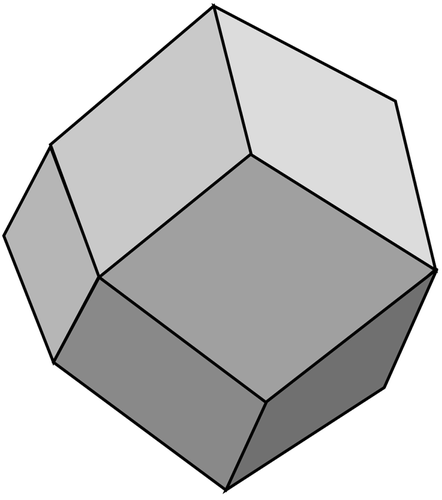
Figure 3. The Kelvin cell, or tetrakaidecahedron. It fills space when its centre is placed on the points of a bcc lattice. It is closely approximated by the flat-sided Wigner–Seitz bcc cell.
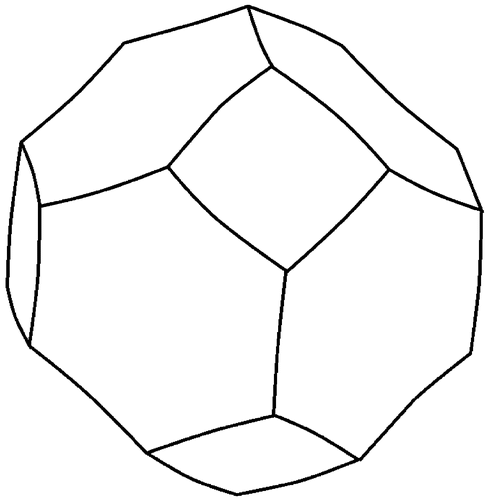
Figure 4. A group of cells in the Weaire–Phelan structure, the ideal foam structure that has the lowest known surface area, or energy.
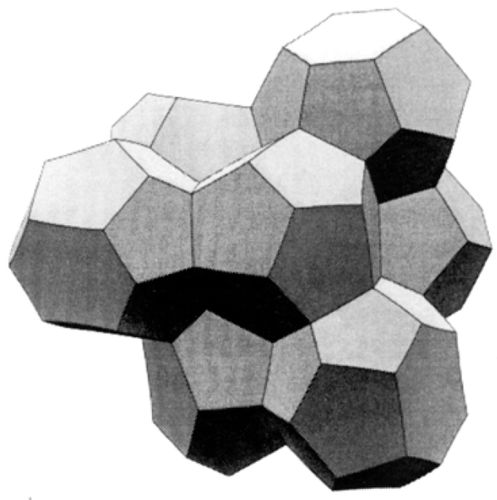
Figure 5. This sample (with a thickness corresponding to about ten layers of cells) shows perfectly ordered Kelvin (bcc) cells at the top and fcc at the bottom, in equilibrium under gravity. From Citation15.
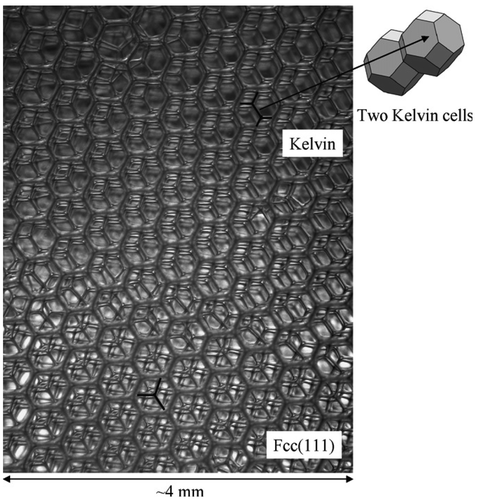
Figure 6. The Beijing Water Cube: the designer's conception of the part of the structure surrounding the restaurant. (Courtesy of Arup Corporation).
